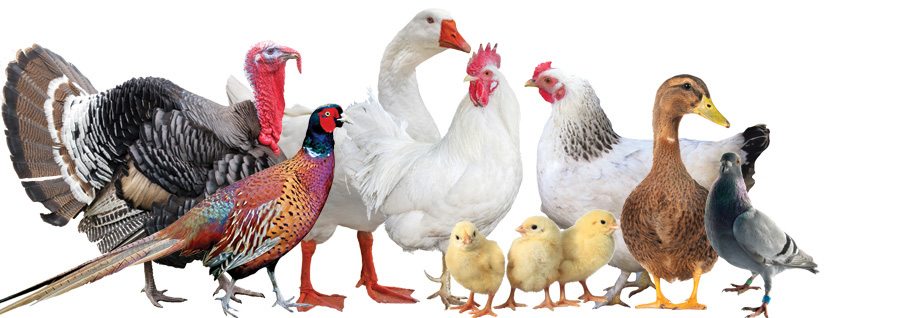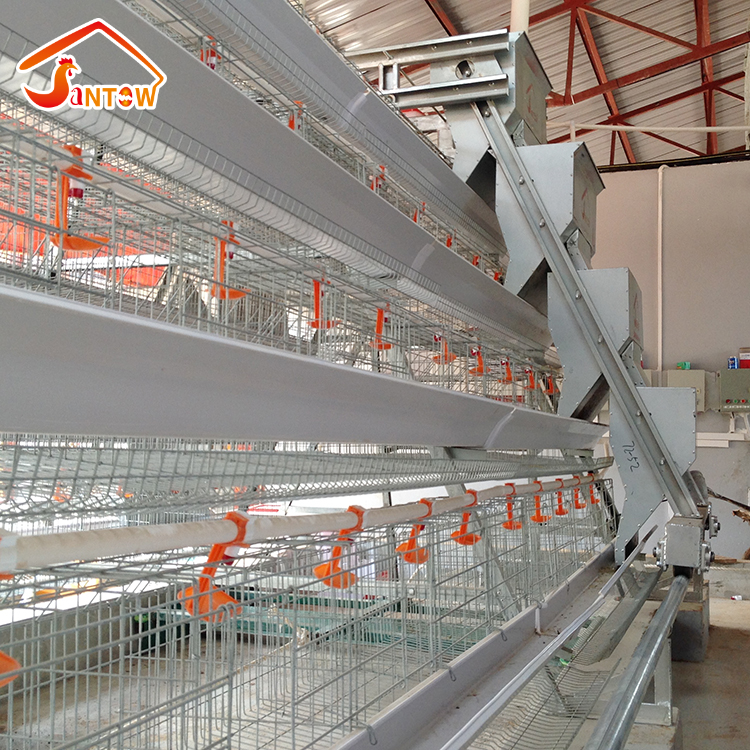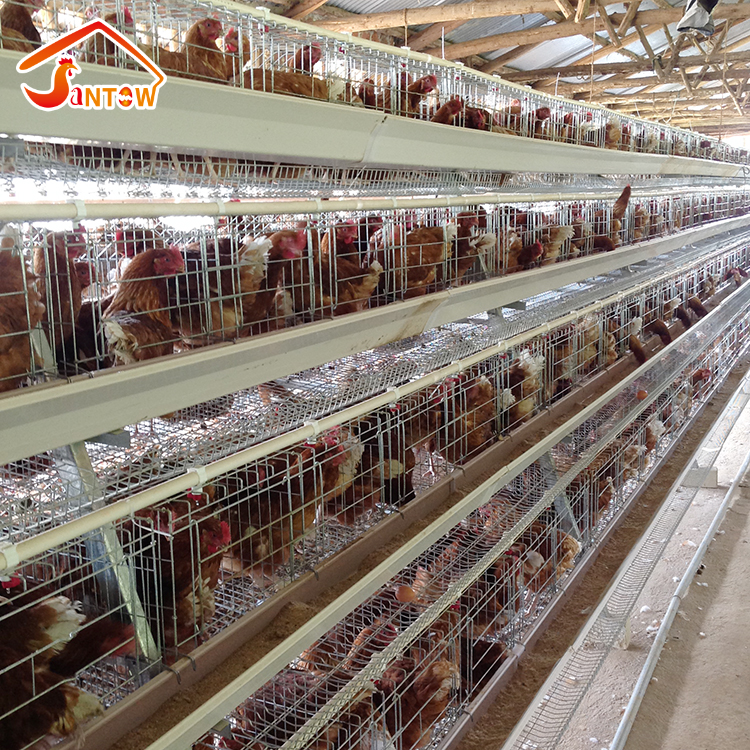

PRODUCT
CONTACT US
ZhengZhou Santow Agro Equipment Co., Ltd
Hotline:+86-371-5598 1030
Fax:+86-371-5598 1030
Phone:+86-187 6889 2838
Mail: sales@santow-agro.com
Poultry Farming & Battery Cage
Poultry Farming
Poultry farming is the form of animal husbandry which raises domesticated birds such as chickens, ducks,
turkeys or geese to produce meat or eggs for food. Poultry, mostly chickens, are farmed in great numbers.
More than 60 billion chickens are killed for consumption annually. Chickens raised for eggs are known as
layers, while chickens raised for meat are called broilers.

In the US, the national organization overseeing poultry production is the Food and Drug Administration (FDA).
In the UK, the national organisation is the Department for Environment, Food and Rural Affairs
Also Read: Deep litter or cage system? Which gives the most profit on investment?
According to the World Watch Institute, 74 percent of the world's poultry meat, and 68 percent of eggs are
produced intensively. One alternative to intensive poultry farming is free-range farming using lower stocking
densities. Poultry producers routinely use nationally approved medications, such as antibiotics, in feed or
drinking water, to treat disease or to prevent disease outbreaks. Some FDA-approved medications are also
approved for improved feed utilization.
Commercial hens usually begin laying eggs at 16–21 weeks of age, although production gradually declines
soon after from approximately 25 weeks of age. This means that in many countries, by approximately 72
weeks of age, flocks are considered economically unviable and are slaughtered after approximately 12 months
of egg production, although chickens will naturally live for 6 or more years. In some countries, hens are force
moulted to re-invigorate egg-laying.
Environmental conditions are often automatically controlled in egg-laying systems. For example, the
duration of the light phase is initially increased to prompt the beginning of egg-laying at 16–20 weeks of
age and then mimics summer day length which stimulates the hens to continue laying eggs all year round;
normally, egg production occurs only in the warmer months. Some commercial breeds of hen can
produce over 300 eggs a year.
(Please scan QR Code for 720 Factory Panoramic View)

Battery cage
Poultry Farm using battery cages China (the below photo)

Also Read: Debeaking: How To Debeak Chickens?
The majority of hens in many countries are housed in battery cages. These are small cages, usually made of metal
in modern systems, housing 3 to 8 hens. The walls are made of either solid metal or mesh, and the floor is sloped
wire mesh to allow the feces to drop through and eggs to roll onto an egg-collecting conveyor belt. Water is
usually provided by overhead nipple systems, and food in a trough along the front of the cage replenished at
regular intervals by a mechanical system.
Battery cages are arranged in long rows as multiple tiers, often with cages back-to-back (hence the term). Within
a single barn, there may be several floors containing battery cages meaning that a single shed may contain many
tens of thousands of hens. Light intensity is often kept low (e.g. 10 lux) to reduce feather pecking and vent pecking.

Benefits of battery cages include easier care for the birds, floor-laid eggs (which are expensive to collect) are
eliminated, eggs are cleaner, capture at the end of lay is expedited, generally less feed is required to produce
eggs, broodiness is eliminated, more hens may be housed in a given house floor space, internal parasites are
more easily treated, and labor requirements are generally much reduced.
In farms using cages for egg production, there are more birds per unit area; this allows for greater productivity
and lower food costs.Floor space ranges upwards from 300 cm2 per hen.
Also Read: Chicken Care:Biosecurity and Health Management
EU standards in 2003 called for at least 550 cm2 per hen. In the US, the current recommendation by the United
Egg Producers is 67 to 86 in2 (430 to 560 cm2) per bird. The space available to battery hens has often been
described as less than the size of a piece of A4 paper.